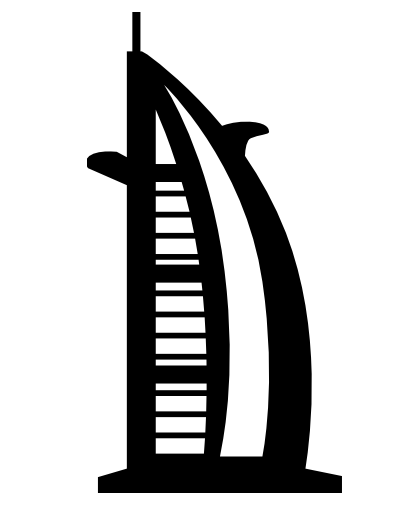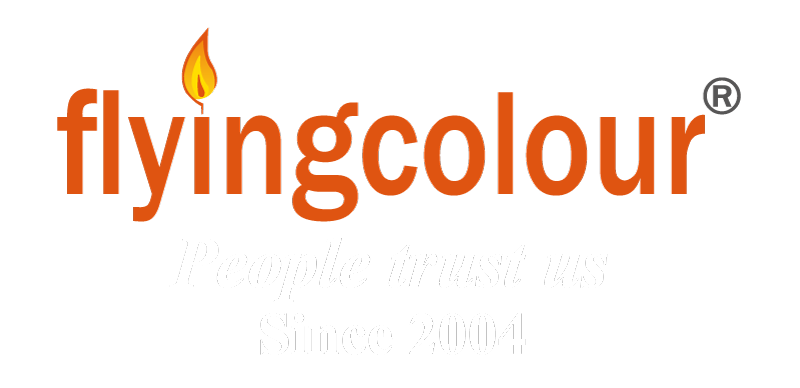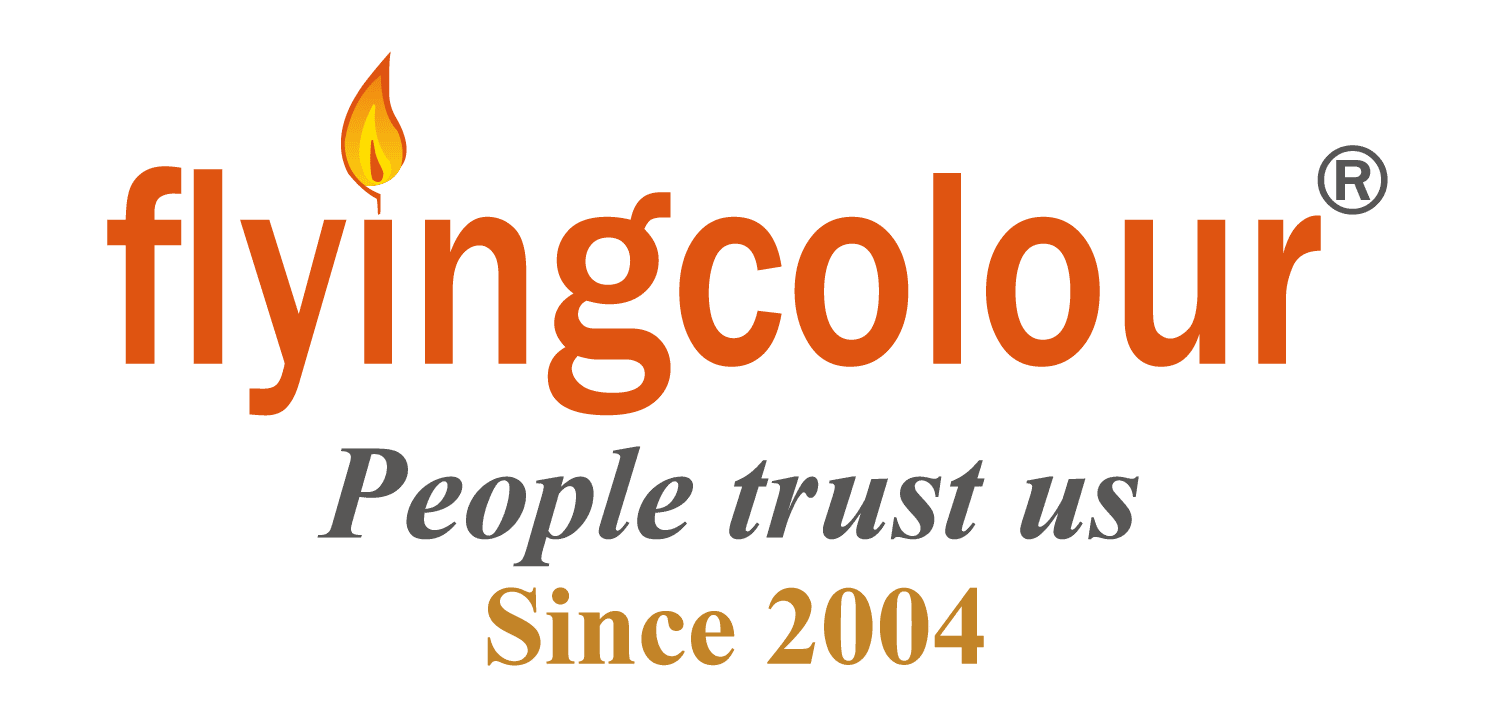Ras al Khaimah Business Setup
The surface area of Ras al-Khaima represents 2.2% of all of the UAE, and is made up of two mountainous regions, that are divided only by a few kilometres of land belonging to Fujairah. The northernmost of these regions has a coast line on the Persian Gulf stretching for about 64 km, until the border to Omani Musandam.


Ruler
On 17 July 1948, Sheikh Saqr bin Mohammad al-Qassimi became the ruler of the Emirate of Ras Al-Khaimah. This came on the heels of a non violent takeover attempt by his uncle and father-in-law Sheikh Sultan bin Salim al-Qassimi, who was duly exiled to the Emirate of Sharjah thereafter.
When the United Arab Emirates came into being in 1971, Sheikh Saqr did not permit Ras Al Khaimah to join the federation due to Iran’s invasion of two RAK islands in 1970. It was only after receiving surety from the late Sheikh Zayed bin Sultan Al Nahyan of Abu Dhabi and the late Sheikh Rashid bin Saed Al Maktoum of Dubai that the new UAE federal government would not relinquish claim to those islands, did RAK become a part of the Federation of the United Arab Emirates on 24th February 1972.
Government
Sheikh Saqr bin Mohammed Al Qassimi is the Ruler of Ras Al Khaimah and has been in power since 1948. His son however, Crown Prince Sheikh Saud bin Saqr Al Qassimi executes economic and political decisions as part of the senior administration for the Emirate.
The various government departments in RAK include the local municipality, police and the Chambers of Commerce, Industry and Agriculture, just to name a few. RAK follows a similar model of local government, like its neighbouring Emirates and keeps the ‘majlis’ system among others alive as well.
Infrastructure
Ras Al Khaimah offers quality infrastructure for its residents as well as its investors. Water, Power and Gas is available widely in the emirate. The government has also made large investments in water desalination projects to ensure sufficient availability of clean water. It has also commissioned the first phase of a three phased sewerage system costing roughly USD85m, which can take care of the emirate’s sewage disposal needs for at least the next 20 years.
Roughly Dh12bn worth of investment has been invested in its free zones to set up industrial and investment parks at the airport and port. Private sector companies are being given the go ahead to set up their industrial and investment parks, either commercial or industrial in nature.
Ras Al Khaimah Airport is known for its safety, efficiency and capacity. Twenty seven airlines now operate passenger and cargo services across the globe. Great connectivity is offered through scheduled and non-scheduled services from the airport linking RAK with destinations throughout the Middle East, Central Asia, the Indian Subcontinent, Africa and the Far East.
Ras Al Khaimah has numerous sea ports to encourage trade and commerce, being strategically located between Europe and the Far East. The important ports are Saqr Port, which has advanced cargo handling facilities like mobile cranes, yard hustlers, trailers and fork lifts. The Ras Al-Khaimah Sea Port is active in export and re-export related activities with neighbouring countries. Another important sea port is the Al Jazeerah-Al-Hamra, being the first port of contact for any vessel into RAK. It has agency services, customs and immigration facilities, afloat repair and maintenance infrastructure, towage and tug assistance, and bunkering facilities, and is also equipped with the latest international navigational systems.
Ras Al-Khaimah has a robust network of roads and highways. Two free flowing dual-carriageways link Ras Al-Khaimah with the other northern emirates and beyond. A new Expressway too is on the cards, which will revolutionize RAK’s road connectivity, reducing the travel time between Ras Al-Khaimah and Dubai by more than half.
The national telecommunication provider Etisalat has full coverage in this Emirate. With regular phone lines and mobile connectivity, it also provides high speed internet in the emirate.
Economy & Ras al Khaimah Freezone
RAK’s economy is dominated by the service sector which contributes to 58% of its Gross Domestic Product (GDP). Agriculture, livestock rearing and fisheries contribute to 17%, while heavy industry accounts for 11%. Construction contributes another 10% to the overall GDP. Despite its small size, Ras Al Khaimah is the third largest producer of agricultural commodities in the UAE.
Major exports from this Emirate are ceramic tiles, medicines, cement, crushed rocks, and fresh fish. Imports consist of clinker, livestock, automobiles and bullion.
The Emirate is becoming a top investment hotspot in the UAE. In the last few years it has been focusing on gaining recognition as a preferred investment destination for investors across the world.
When oil was first discovered in 1960, the primary sources of revenue for RAK were oil and gas, but now the focus has shifted to attracting more investors, especially in the real estate and tourism sectors. With the establishment of RAK Properties, the freehold real estate sector is also poised to take off in a big way.
Efforts are underway to promote Ras Al Khaimah as a manufacturing, commercial and recreational hub in the UAE. A great deal of investment has been put into the infrastructure and the government has extended benefits to real estate development and tourism firms. The opening of free zones is another exercise in encouraging investors to establish joint ventures in exports and value added products.
In other words, Ras Al Khaimah is awakening to its economic potential and is on the road to emulating its more vibrant and buzzing UAE neighbours, in every way.
History & Traditions
Ras Al Khaimah, being strategically placed on the trading route between Europe and the Far East, was a stopover point for many traders and merchants from as far away as China and the Far East. In the olden days, it was known as Julfar, a major city in the Qawasim dynasty.
The Qawasim monopolised trade and commerce in the lower Gulf, and established the reputation of being the leaders in trade and business in the region. After the 14th Century, the Qawasim tribes settled on the Arabian Peninsula.
The UAE is a federation of seven sheikhdoms: Abu Dhabi, Ajman, Dubai, Sharjah, Fujairah, Umm al-Quwain and Ras al-Khaimah. These along with Qatar and Bahrain, signed the General Maritime Treaty with the United Kingdom in the year 1853. This led to stability along the Gulf coast, and the states which had signed this agreement became known as the Trucial States. When the British withdrew from the region between 1968 and 1971, the sheikhdoms being doubtful of the threat of Iran and Iraq, drew together to form the current federation of the UAE in 1971. RAK, however only joined the federation in 1972, reason being that two islands of Ras Al Khaimah were captured by Iran. Sheikh Saqr was willing to join the federation on the condition that the new UAE federal government would not surrender the two islands. On the fulfillment of this condition, Ras Al Khaimah joined the federation in 1972.
Architecture
In Ras Al Khaimah the age old Arab houses, made of date palm trees and leaves are still reminiscent of the Arab culture. Though scarce, these houses can still be spotted in RAK.
With the changing trends Ras Al Khaimah now has a fusion of classic and modern architectural designs. The buildings in the emirate have both eastern and western architecture influences. Taller buildings are slowly making their way in the ever changing sky line of Ras Al Khaimah.
Climate
Ras Al Khaimah is located between latitudes 25o and 26o north and longitude 55o and 66o east, in the tropical zone extending across North Africa and Asia.
The Indian Ocean influences the emirate’s climatic conditions. Like in the other parts of the UAE, the summer months comprising June, July and August are hot and humid. The temperature in these months is usually between 35oC – 43oC.
The period between October and May is relatively cooler with the temperature ranging from 8oC to 18oC and humidity levels ranging from 40% – 70%.
Rainfall, if any, is mostly prevalent in the winter months, with the occasional thunderstorm. Precipitation can be up to 100 millimetres per year.
Flyingcolour
Get A QUICK QUOTE
Setting up a business in the UAE can be an overwhelming experience for the uninitiated but we can make this job truly easy for you. Talk to our expert consultants for free & decide the best course of action for yourself, today.



